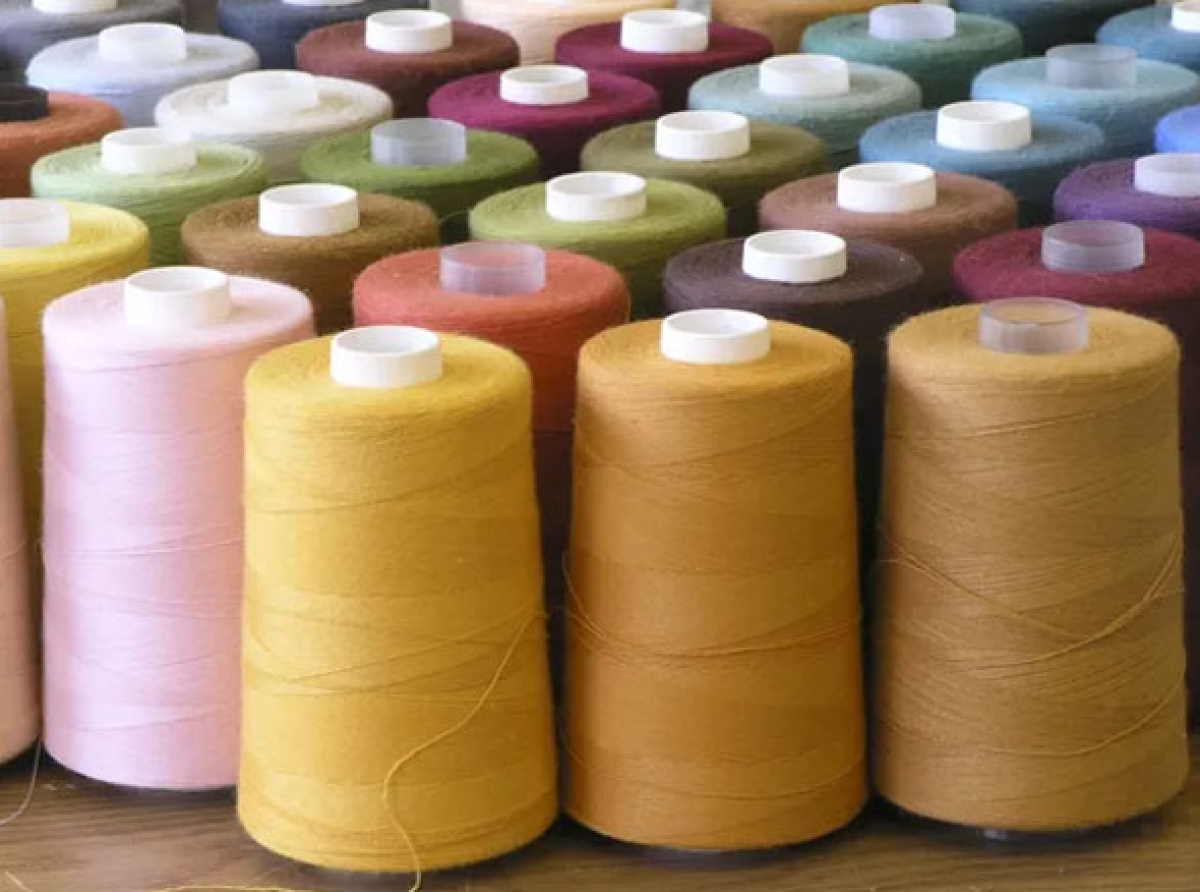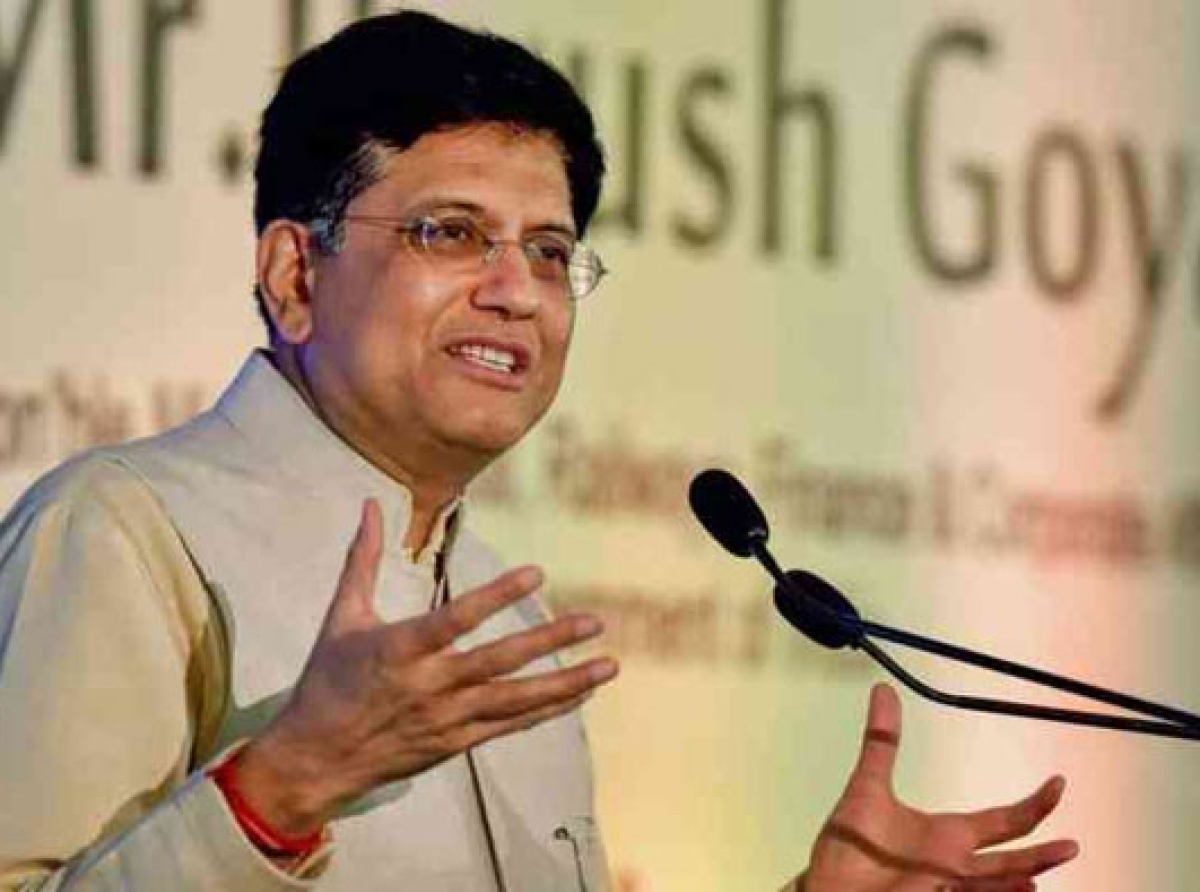07 April 2022, Mumbai:
Sector executives are on their toes looking for a solution as the Indian textile and garment industry continues to struggle owing to increasing raw material prices. A team from the National Committee on Textiles and Clothing (NCTC), which represents practically the entire textile supply chain, met with Union Textiles Minister Piyush Goyal and presented him with a unified agreement.
They advocated for the elimination of the 11% import tariff on cotton, as well as a strategy to assist MSMEs in overcoming financial crises in order to preserve the whole textile industry. Importantly, the Minister has said that the matter will be addressed.

ALSO READ Piyush Goyal: Industry has responded well to the multiple Government interventions
Piyush Goyal met with a delegation that included Raja M. Shanmugham, President, Tirupur Exporters' Association; T. Rajkumar, Chairman, Confederation of Indian Textiles Industry (CITI); Manoj Patodia, Chairman, Cotton Textiles Export Promotion Council (TEXPROCIL); Narendra Goenka, Chairman, Apparel Export Promotion Council (AEPC); and Ravi Sam, Chairman, Southern India Mills' Association (SIMA).
The delegation demanded that the Minister intervene immediately to safeguard the textile sector and the employment of tens of thousands of people employed in it.
RELATED NEWS Piyush Goyal: Time for the Startups to help India become self-reliant
The garment sector is presently in a precarious position as a result of an extraordinary surge in cotton costs, which are hovering around Rs. 95,000 per candy in March, and the industry anticipates that if this trend continues, the price would reach Rs. 1,00000 per candy in a few months.
As a result, on April 1, 2022, the spinning mills raised the yarn price by Rs. 30 per kg, causing a spiraling impact in the value-added knitwear garment sector.
The delegation believes that the fortunes of cotton farmers are inextricably linked to the fortunes of the textile industry, and that, unfortunately, the cotton traders' game is disrupting the entire textile industry, accessories, dyes, and chemical suppliers, exports, and employment, including banks.
RELATED NEWS In 2021, India's domestic textile exports would generate US $ 6.68 billion in income
Buyers are not willing to increase prices, thus garment-exporting units must fulfill committed export orders at the same price of garments.
Furthermore, purchasers have the option of sourcing garments from our competitors, such as Bangladesh, Vietnam, Cambodia, and Turkey, which have tariff-free access to the EU market.
In addition, due to the impact of the Russia-Ukraine war, knitwear exporting factories are already receiving fewer quantity orders from clients than in the same period last year.
RELATED NEWS
Immediate measures included removing the 11% cotton import duty and allowing the duty-free import of 40 lakh bales to stabilize cotton prices without affecting cotton farmers; imposing mandatory cotton stock declaration with all stakeholders to curb hoarding and speculation by traders on the MCX and NCDEX; and announcing a specific scheme for MSMEs like ECLGS to bailout the knitwear garment sector, which accounts for 95% of the industry.
Join our community on Linkedin
CREDITS: Apparel Resources.

























